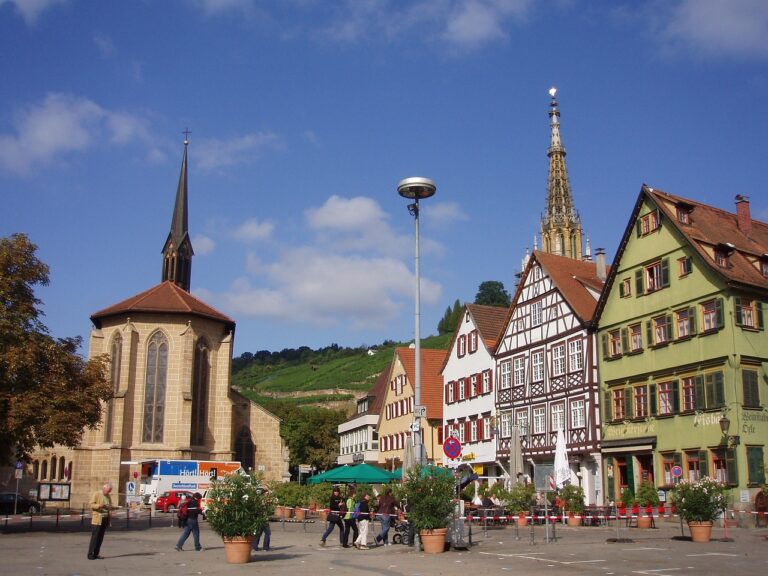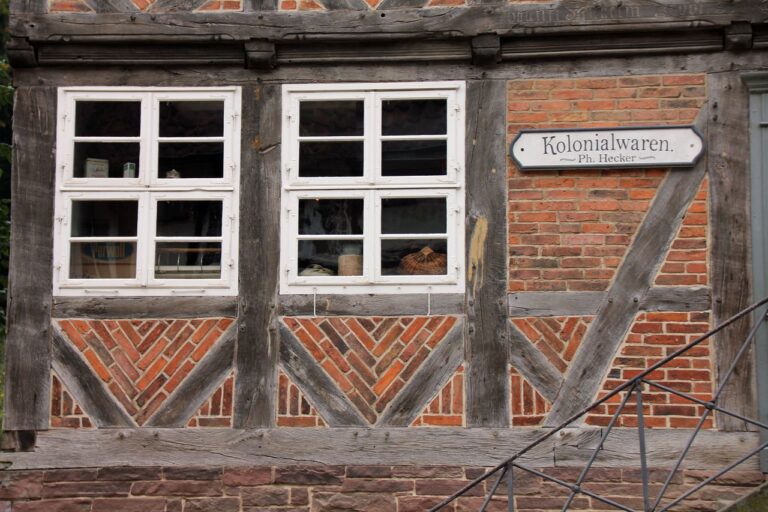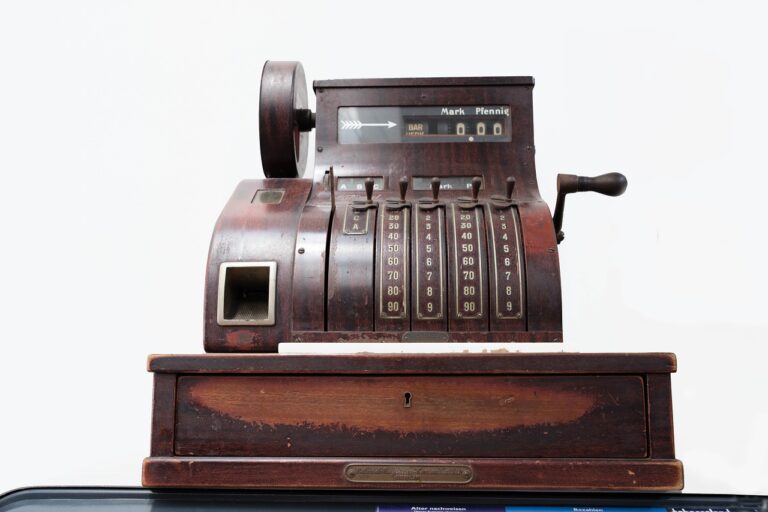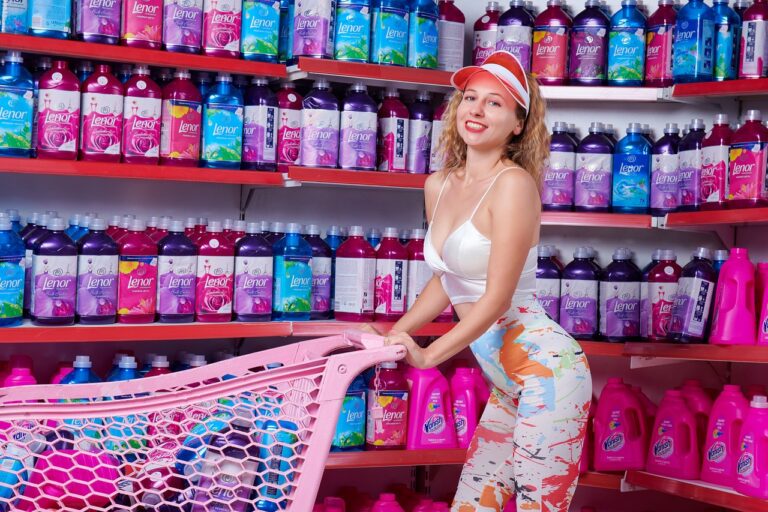From Runway to Retail: How Fast Fashion is Changing the Industry
Fashion trends have been constantly evolving over the years, reflecting the ever-changing tastes and preferences of society. What was once considered stylish and trendy in the past may now be seen as outdated and unfashionable. The cyclical nature of fashion means that certain trends from previous decades often make a comeback, albeit with a modern twist to appeal to the current generation.
As we look back at the history of fashion, we can see how trends have been influenced by various factors such as cultural movements, technological advancements, and even political events. Fashion designers and influencers play a crucial role in shaping the trends of each era, setting the tone for what is deemed fashionable and desirable. The evolution of fashion trends serves as a window into the societal values and attitudes of different time periods, showcasing how our preferences in clothing and style have transformed over time.
The Rise of Fast Fashion Brands
Fast fashion brands have revolutionized the traditional clothing industry by offering trendy and affordable garments at a rapid pace. These brands prioritize quick production turnaround times, enabling them to swiftly introduce new collections inspired by current runway trends. This accelerated production cycle allows fast fashion companies to continuously refresh their product offerings, appealing to consumers who desire up-to-the-minute styles at budget-friendly prices.
With the rise of fast fashion brands, consumers have grown accustomed to frequent shopping trips and updating their wardrobes more frequently. These brands have capitalized on the consumer’s desire for instant gratification, emphasizing accessibility and affordability in their marketing strategies. The widespread availability of fast fashion has not only democratized fashion but has also fueled a culture of constant consumption and disposability in the industry.
Impact of Fast Fashion on Traditional Retailers
In recent years, the fast fashion industry has seen a significant rise, with brands churning out trendy pieces at lightning speed. This rapid turnover of designs and quick adoption of the latest trends have posed a direct challenge to traditional retailers. The pressure to keep up with the fast fashion cycle has forced many traditional retailers to speed up their production processes and reduce their time to market.
Furthermore, the competitive prices offered by fast fashion brands have made it difficult for traditional retailers to justify their higher-priced items. As consumers seek trendier pieces at affordable prices, many are turning to fast fashion brands rather than traditional retailers. This shift in consumer behavior has had a profound impact on the market share and profitability of traditional retailers, forcing them to rethink their business strategies in order to stay relevant in an ever-evolving industry landscape.
What is fast fashion?
Fast fashion refers to the quick production and rapid turnover of trendy clothing items to meet consumer demand for the latest styles at affordable prices.
How have fashion trends evolved over the years?
Fashion trends have evolved from seasonal collections to continuous new arrivals, driven by social media, influencers, and fast fashion brands.
What are some popular fast fashion brands?
Some popular fast fashion brands include Zara, H&M, Forever 21, and ASOS, known for their quick turnaround of trendy clothing at low prices.
How has fast fashion impacted traditional retailers?
Fast fashion has put pressure on traditional retailers to keep up with the pace of new trends, pricing strategies, and production timelines, leading to increased competition in the industry.
What are some challenges traditional retailers face due to fast fashion?
Traditional retailers face challenges such as inventory management, pricing competitiveness, and adapting to changing consumer preferences brought on by fast fashion brands.
How can traditional retailers compete with fast fashion brands?
Traditional retailers can compete by focusing on unique offerings, quality over quantity, personalized customer experiences, and sustainable practices that differentiate them from fast fashion brands.







